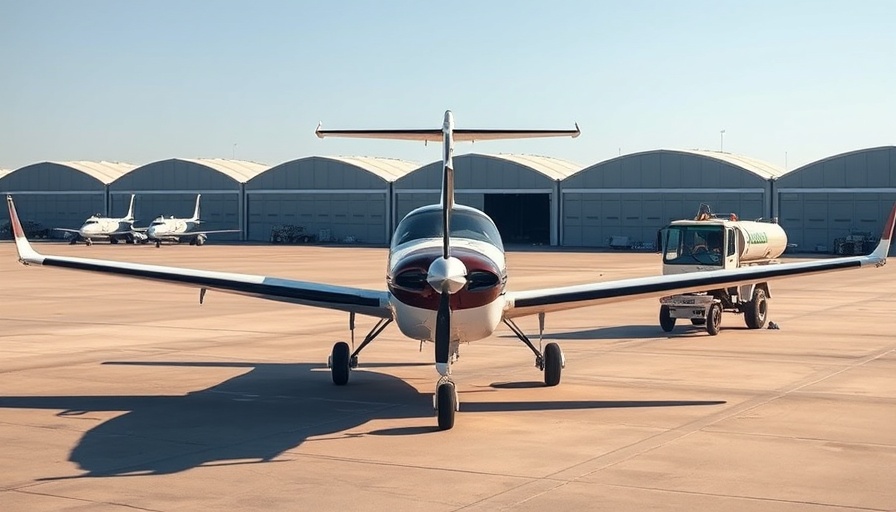
Soaring Adventures: A Light-Hearted Journey to Oshkosh
Flying has always been about more than just getting from point A to B; it’s an adventure that combines the thrill of overcoming challenges with the joy of exploring new horizons. For Dave Stanchuk and Doug Daverne, two amateur pilots from Regina, Saskatchewan, their journey to the EAA AirVenture Oshkosh was a mix of excitement, mishaps, and the quintessential humor that scenery along the sky often brings. Their story exemplifies the spirit of the aviation community—a tight-knit group where shared experiences unite, irrespective of skill level.
Planning Your Path: The Importance of Preparation
Before embarking on their flight in a 1967 Cessna 172H, Dave and Doug faced the complex logistics inherent in cross-border aviation. Initially, their plan included a straightforward flight from Regina to Minot, North Dakota. However, after discovering that their customs approval came with a series of regulations involving eAPIS and manifest filings, their initial excitement turned into a comedic series of delays. This proved pivotal—as any seasoned pilot will tell you, the key to successful flying isn’t just skill in the air, but thorough planning on the ground.
A Little Patience Goes a Long Way: Lessons From the Skies
Just like preparations for AirVenture—widely regarded as the world's largest aviation gathering—enthusiasts can learn from Dave and Doug’s saga. Recognizing that even the best-laid plans can be thrown off by unexpected delays is crucial. Their experience is reflected in accounts from various attendees who share how forethought can combat stressful situations at massive events such as AirVenture, where thousands gather to witness airshows and interact with other aviation lovers. As more than 677,000 flew in for the convention last year, a good number attest to successful trips based on strategic planning.
Lessons in Camaraderie and Community
The camaraderie that exists among aviation enthusiasts manifests itself beautifully at events like AirVenture. Many attendees choose to camp at Camp Scholler, creating a sense of community as they share stories, tips, and laughter over communal meals. As discussed in previous retrospectives on AirVenture, involving oneself in the collective experience magnifies the thrill of individual journeys, echoing the duo's light-hearted take on flying adventure.
Good Food and Good Times: What AirVenture Offers
Besides grand displays of aircraft, the opportunities for culinary delights also boost the experience. Vendors offer a range of meals to sustain energy levels during exciting airshows, ensuring that attendees can enjoy everything from classic festival fare to exotic culinary options while mingling with fellow enthusiasts. Such vibrant food scenes keep the spirit lively—ultimately enhancing the adventure beyond just what flies above.
Looking Ahead: Building the Future of Flying
As we look forward to the next AirVenture, which will take place July 21-27, 2025, stories like those of Dave and Doug serve as an inspiration for newcomers and seasoned pilots alike. The importance of safety and planning remains a continuous theme, echoed not only in their own anecdote but also in reports from last year’s event, highlighting the astonishing array of new aircraft designs and innovative technologies exhibited.
Planning a visit to Oshkosh isn’t just about showing up; it’s about stepping into a vast network of like-minded individuals, sharing experiences over campfires, engaging in educational forums, and celebrating the evolution of aviation. The journey may sometimes feature its misadventures, but at the heart of every flight is a story waiting to be told—a story infused with the spirit of camaraderie, learning, and adaptation.
Join the Adventure!
As we gear up for the next AirVenture, take a page from Dave and Doug’s book—draw inspiration from their experiences. Whether you’re a novice flyer or a seasoned aviator, plan your adventure, prepare for mishaps with humor, and relish the community along the way. The skies await!
 Add Row
Add Row  Add
Add 




Write A Comment